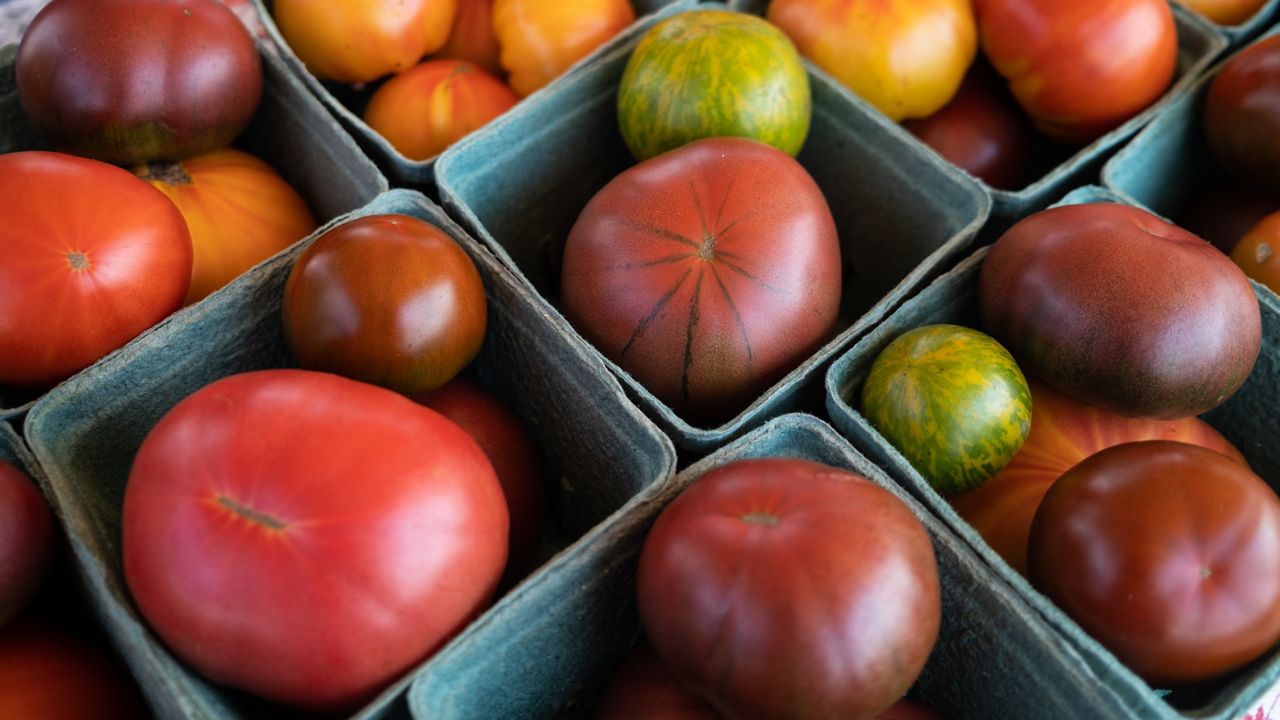SARATOGA SPRINGS, N.Y. — If you have been to the store lately, you’ve seen higher prices hit just about every aisle. You’re not alone. The problem is not a regional problem, but a national one.
According to the USDA, grocery store food prices are up 13.5% over last year, but state agriculture leaders from across the country who are meeting for their annual conference this week, said farmers may hold the key to stem the increases. Commissioner of the Maine Department of Agriculture Amanda Beal said higher food costs are a concern for all states.

“Certainly, that's something that we're concerned about and thinking about in Maine as all the other states are as well,” said Beal. “We've all worked really hard as states and through the USDA to ensure that we have adequate food in our emergency food systems, should that be the route that anybody needs to go, which we hope it isn't.”
Similarly, to other states on the East Coast, Maine is at the height of its agricultural season so this isn’t the time where they would typically see shortages. However, throughout the COVID pandemic, Beal said she has seen consumers look to shop locally when there are shortages.
“We've seen a very strong inclination for consumers to turn to their local farmers and our farmers have really stepped up and looked at and created all kinds of innovative ways to sell products to consumers directly as well as donating products to emergency food programs and really looking out for the neighbors,” Beal said.
She believes that a strong agricultural community is part of the solution to the higher food prices and shortages.
Phyllis Shimabukuro-Geiser, chairperson of the Board of Agriculture in Hawaii, explained that their food prices are impacted by what is happening on the West Coast. In addition to the already high prices, Hawaii ships many products to the islands, adding up to an even higher price.
“It all is relative to what the base price is on the West Coast, and usually what we do is the shipping is at minimum 30-33% additional to what California’s prices are. So, it depends if the price for products remains stable, then we'll probably have the same kind of stability,” said Shimabukuro-Geiser. “If it does go up, or if there's a decrease in supply, because of the drought in the West, then I don't see it going down. The best we can hope for is that it stays where it is.”
For Hawaii, the dairy supply has been inconsistent because the state only has one dairy, so they rely on imported products, said Shimabukuro-Geiser. Additionally, due to the high levels of bird influenza they have had a decrease in poultry.
“I think Thanksgiving is going to be more expensive this year,” she said.
New Mexico Secretary of Agriculture Jeff Witte agreed that drought in many areas of the country has put stress on farmers and the supply chain, causing shortages and higher prices.
“I think it's really time to look at agriculture and honor it for what it is, they’re food producers, and the policies and practices of the nation need to reflect that because it’s going to get tighter for a short period of time as we work through the droughts in the West and other places,” said Witte. “It's a supply- and- demand issue.”

Beal said they all recognize the choices consumers have been making.
“We know that people are making a lot of different difficult choices right now, there have been increases in costs of energy and food, we recognize that,” said Beal.



